Definition
- Acute respiratory distress syndrome (ARDS) is a life-threatening lung condition. It is a form of breathing failure that can occur in very ill or severely injured people.
- It is not a specific disease.
- It starts with swelling of tissue in the lungs and build up of fluid in the tiny air sacs that transfer oxygen to the bloodstream. This leads to low blood oxygen levels.
- ARDS is similar infant respiratory distress syndrome, but the causes and treatments are different. ARDS can develop in anyone over the age of one year old.
- Also known as Adult Respiratory Distress Syndrome, Respiratory Distress Syndrome,
Causes
Indirect injury to the lungs:
- Severe infection
- Massive blood transfusion
- Pneumonia
- Severe inflammation of the pancreas (pancreatitis)
- Overdoses of alcohol or certain drugs (eg, aspirin, cocaine, opioids, phenothiazines, and tricyclic antidepressants)
- Lung and bone marrow transplantation–within few days of a lung transplant, the recipient is prone to development of ARDS.
Risk Factors
- ARDS usually develops in people who are already in the hospital and are being treated for an injury listed above.
- However, only a small number of people who have these injuries actually develop ARDS.
- While none can predict who will get ARDS, cigarette smokers, those with chronic lung disease, or those who are over age 65 are more at risk of developing ARDS.
Symptoms
- Shortness of breath
- Fast, labored breathing
- Bluish skin or fingernail color
- Rapid pulse
Diagnosis
- A person suffering from severe infection or injury develops breathing problems
- A chest x-ray shows fluid in the air sacs of both lungs
- Blood tests show a low level of oxygen in the blood
- Other conditions that could cause breathing problems have been ruled out
- Blood pressure check
- Blood tests for oxygen levels and signs of infection as well as levels of BNP (brain natriuretic peptide) a marker of heart failure
- Chest x-ray
- Analysis of coughed-up matter
- Occasionally, an echocardiogram (heart ultrasound), to rule out congestive heart failure
- Pulmonary artery catheterization taid in diagnostic work-up
- Bronchoscopy to analyze airways. A laboratory examination may indicate presence of certain viruses, cancer cells etc.
- Open lung biopsy is reserved for cases when diagnosis is difficult to establish.
Nursing Diagnoses
- Ineffective airway clearance
- Ineffective breathing pattern
- Impaired gas exchange
- Anxiety
Treatment
- Treating the underlying cause or injury
- Providing support until the lungs heal:
- Mechanical ventilation (a breathing machine) through a tube placed in the mouth or nose, or through an opening created in the neck
- Monitoring blood chemistry and fluid levels
- Often, ARDS patients are sedated to tolerate these treatments.

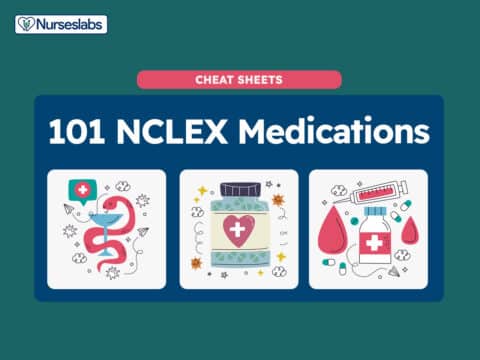



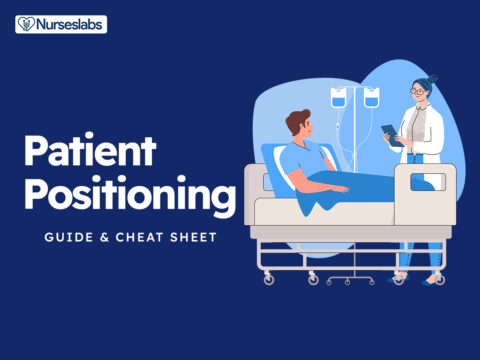

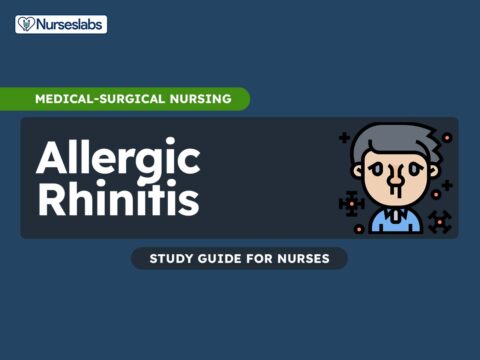
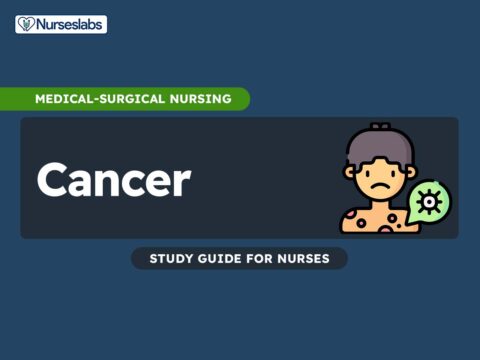
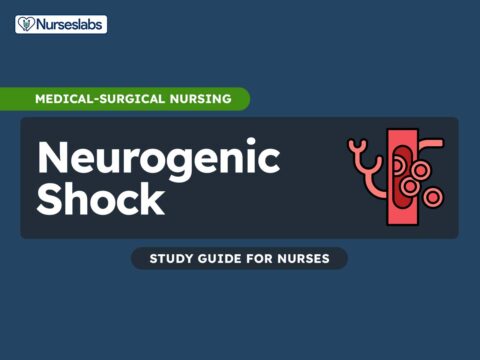


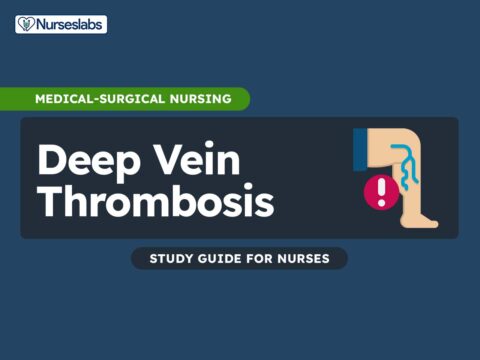
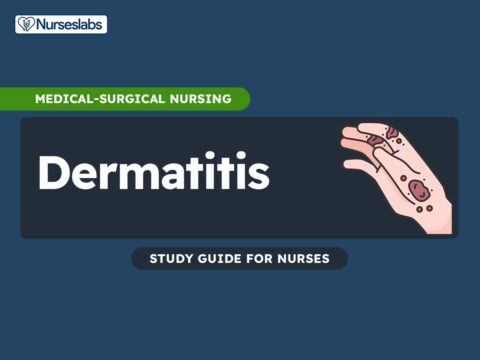
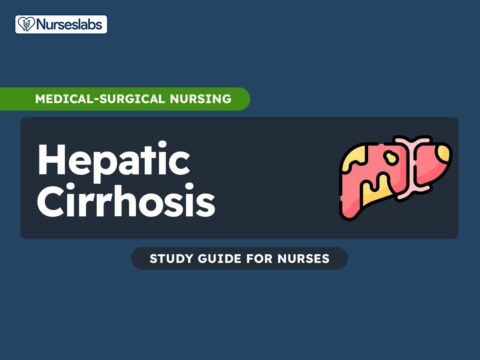
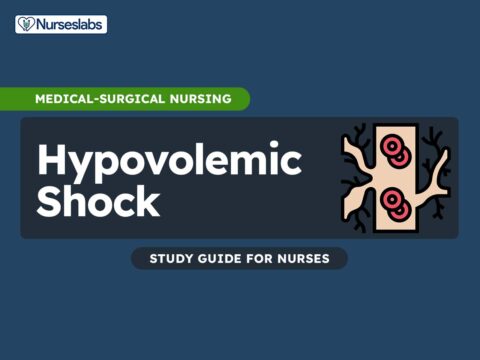

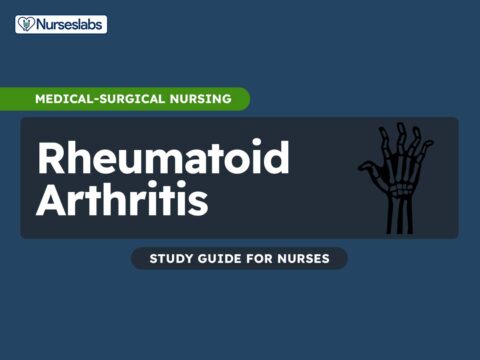



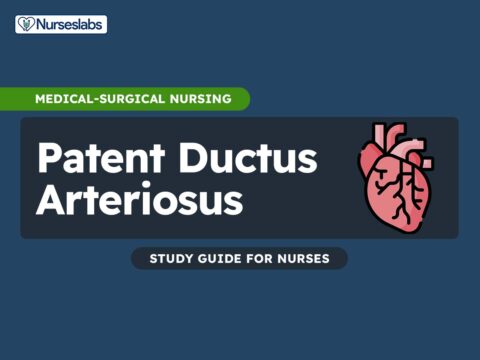
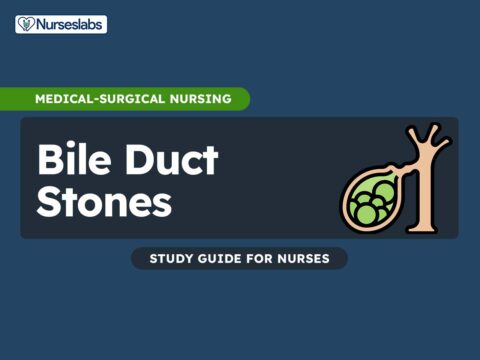
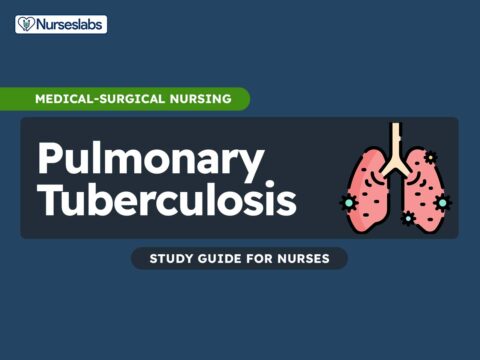
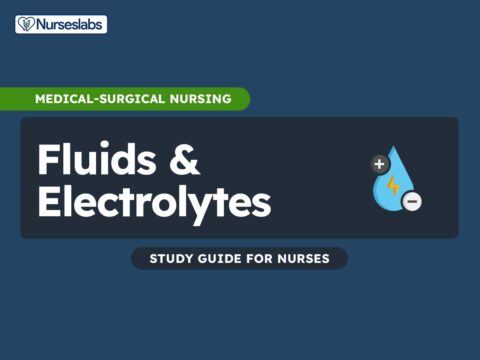


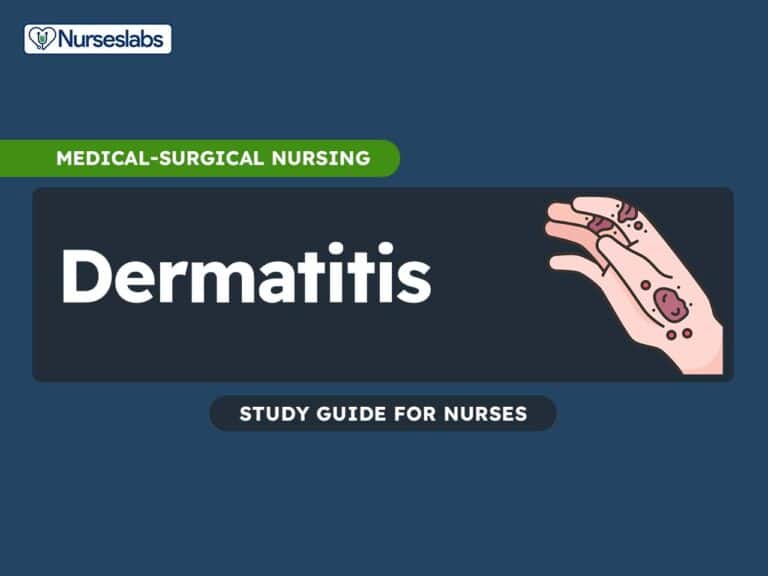


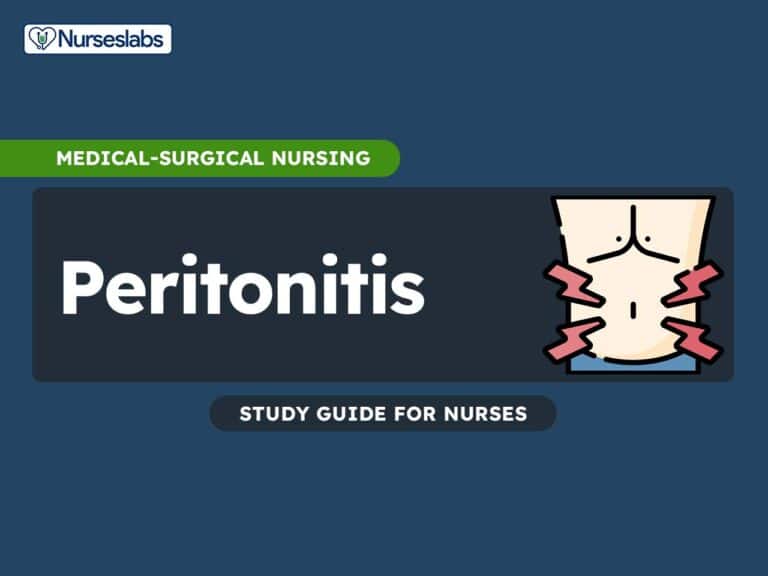
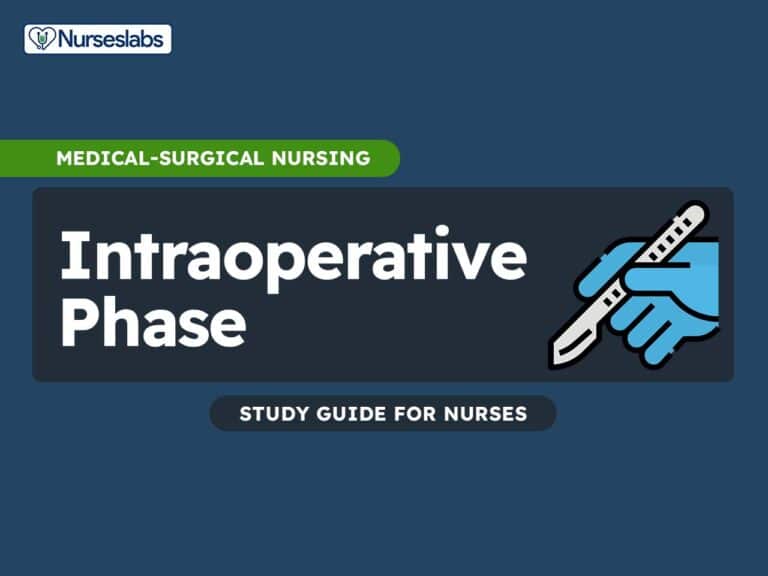
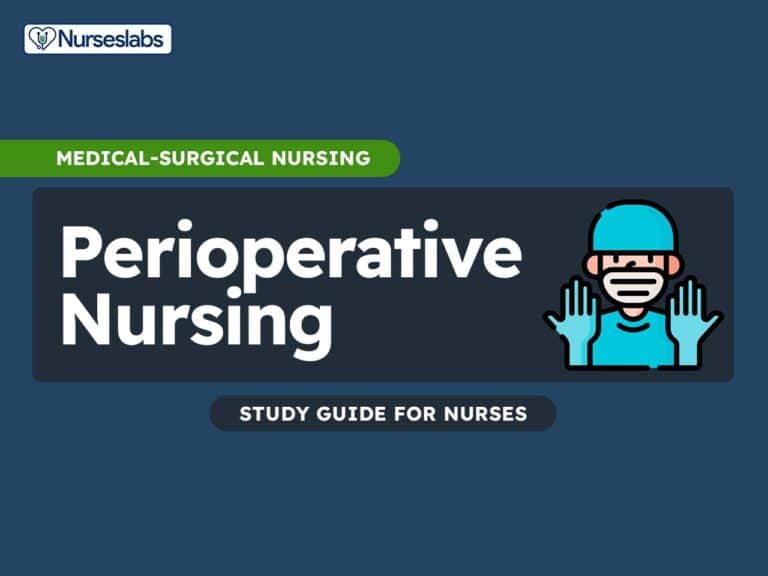
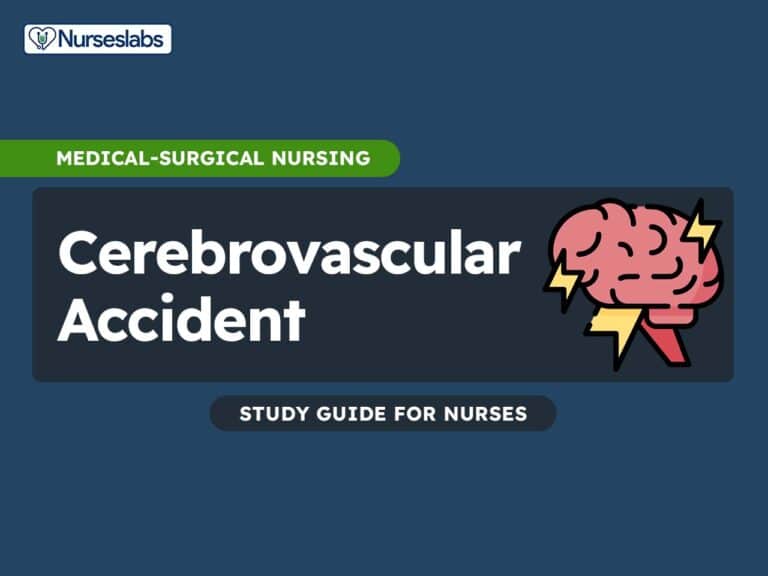


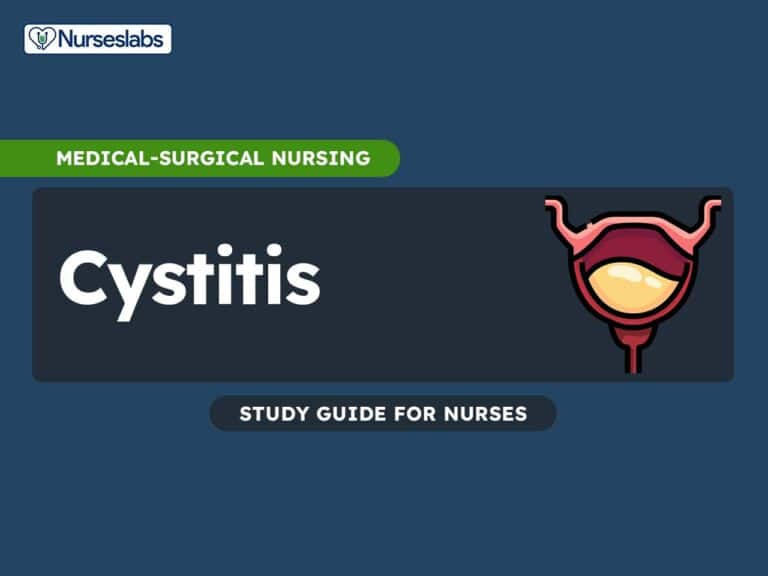
Leave a Comment